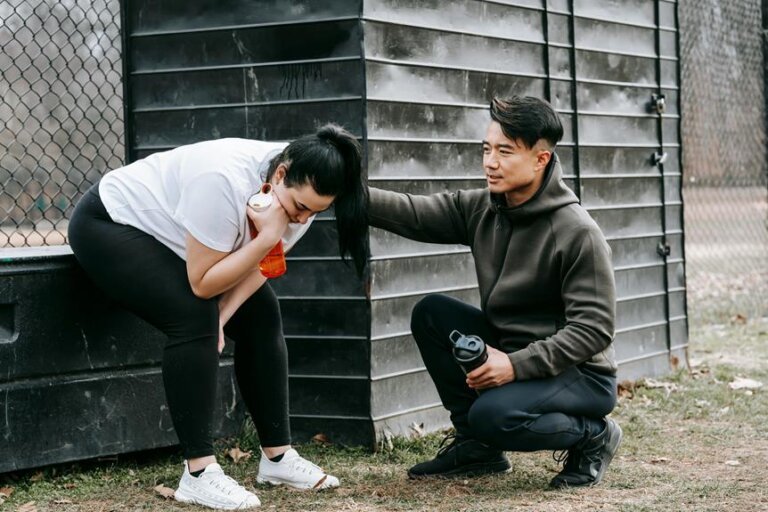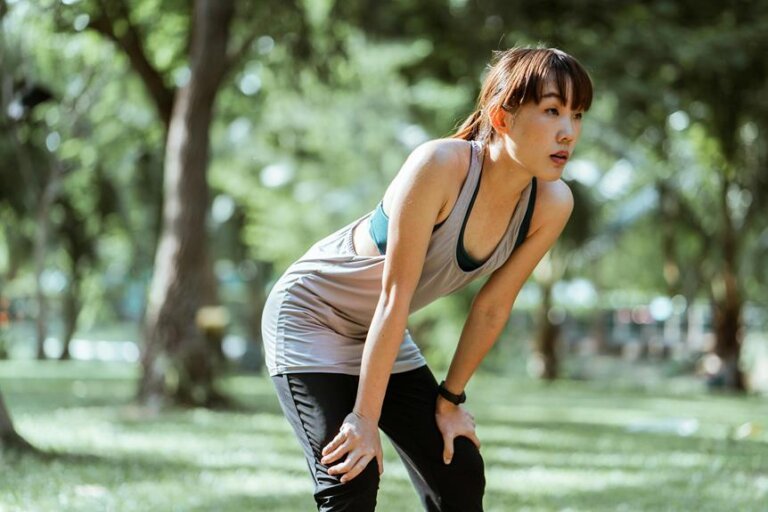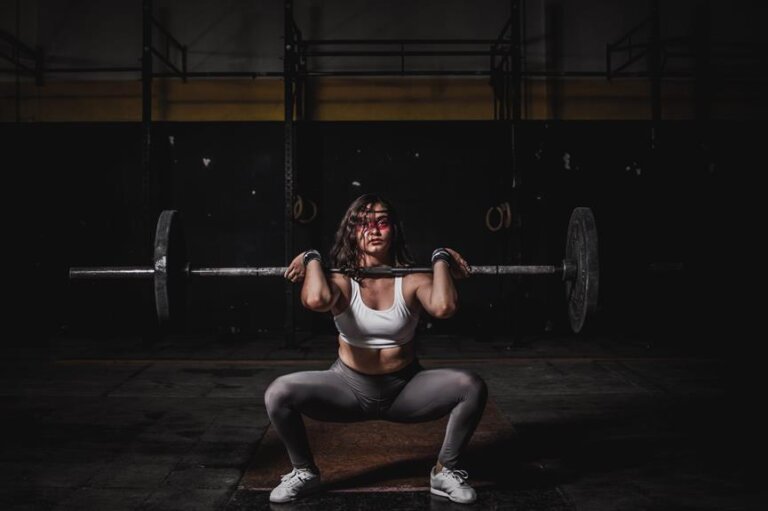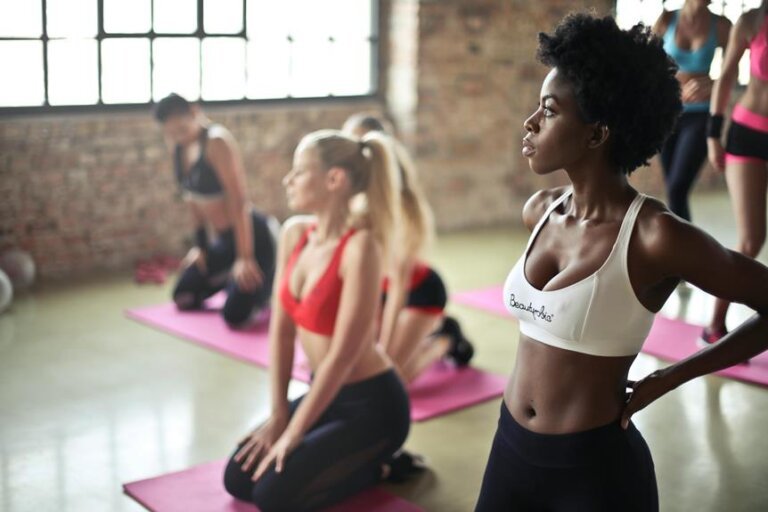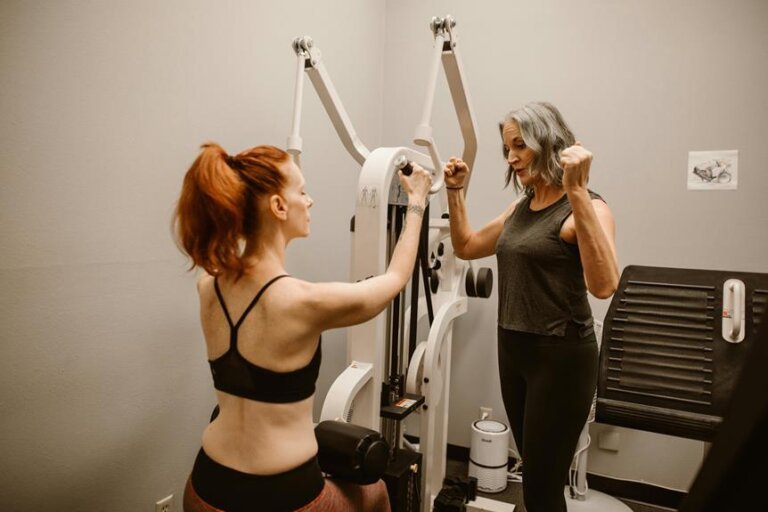Top 5 Yoga Poses for Stress Relief and Flexibility
Imagine feeling your stress melt away and your body becoming more flexible with just a few simple yoga poses. Starting with the grounding Mountain Pose and moving through the soothing Child's Pose, these top 5 yoga poses hold the key to unlocking relaxation and suppleness in your body.
But there's more to discover beyond these foundational poses; each asana plays a unique role in rejuvenating your mind and body.
Mountain Pose (Tadasana)
To practice the Mountain Pose (Tadasana), stand tall with your feet hip-width apart and your arms relaxed by your sides. Ground your feet firmly into the floor, distributing your weight evenly. Engage your thigh muscles slightly and lengthen your tailbone towards the floor to elongate your spine. Roll your shoulders back and down, opening up your chest, while keeping your chin parallel to the ground. Take deep breaths, feeling the strength and stability of a mountain within you.
As you hold the Mountain Pose, focus on your breath and find a sense of calm and grounding. This pose helps improve posture, balance, and concentration. It can also reduce stress and anxiety by bringing awareness to the present moment. Stay in the pose for several breaths, feeling the energy circulating through your body. Embrace the stillness and tranquility that the Mountain Pose offers, allowing yourself to reconnect with your inner strength and resilience.
Child's Pose (Balasana)
Practicing Child's Pose (Balasana) can offer a soothing and grounding experience for your body and mind. This gentle yoga pose involves kneeling on the floor with your forehead resting on the ground, arms extended in front or alongside your body, and hips resting on your heels. As you sink into the pose, focus on deep breathing to release tension and calm your mind.
Child's Pose is known for its ability to promote relaxation, relieve stress, and gently stretch the back, hips, thighs, and ankles. It can also help in relieving neck and lower back pain. This pose is a great way to take a moment for yourself, especially during busy or overwhelming days. By surrendering to the pose, you can create a sense of security and inner peace.
Whether practiced on its own or as part of a sequence, Child's Pose can be a comforting posture that allows you to reconnect with yourself and find a moment of tranquility amidst the hustle and bustle of daily life.
Downward Facing Dog (Adho Mukha Svanasana)
When assuming the Downward Facing Dog (Adho Mukha Svanasana) pose, your body forms an inverted V shape. This classic yoga pose is excellent for stretching and strengthening multiple parts of your body simultaneously. As you press your hands firmly into the mat and lift your hips towards the ceiling, you engage your arms, shoulders, and core muscles. This pose also helps lengthen and release tension in your spine, hamstrings, and calves.
Downward Facing Dog isn't only a great stretch but also a mild inversion that can help calm your mind and relieve stress. The posture encourages deep breathing, which can help you relax and focus on the present moment. It's often used as a transitional pose in yoga sequences to reset and realign the body. Remember to keep your neck relaxed and gaze towards your toes to maintain proper alignment. Practice this pose regularly to improve flexibility, reduce anxiety, and cultivate a sense of inner peace.
Cat-Cow Pose (Marjaryasana-Bitilasana)
The Cat-Cow Pose (Marjaryasana-Bitilasana) is a gentle yoga flow that combines two complementary movements to warm up the spine and promote flexibility.
To begin, get on your hands and knees in a tabletop position. As you inhale, arch your back and lift your tailbone towards the ceiling, allowing your stomach to sink towards the floor – this is the Cow pose. Exhale as you round your spine towards the ceiling, tucking your chin to your chest – this is the Cat pose.
Flow between these two poses smoothly, syncing your breath with movement. This pose not only increases spinal flexibility but also massages the organs in your abdomen, promoting digestion and reducing stress.
Cat-Cow Pose is a great way to start your yoga practice, helping you find balance and alignment in your body while calming your mind. Practice this pose regularly to experience its full benefits for stress relief and flexibility.
Corpse Pose (Savasana)
Lie down on your back with your legs extended and arms resting comfortably by your sides to practice Corpse Pose (Savasana). This pose is often considered the final relaxation pose in a yoga practice, allowing your body and mind to fully relax and rejuvenate.
In Savasana, focus on deep breathing, letting go of any tension or stress with each exhale. Close your eyes and bring awareness to each part of your body, consciously releasing any tightness you may feel. Stay in this pose for at least 5-10 minutes, or longer if you wish, to experience its full benefits.
Corpse Pose (Savasana) is excellent for calming the nervous system, reducing stress, and promoting relaxation. It can also help improve concentration and mental clarity. By practicing Savasana regularly, you can enhance your overall well-being and cultivate a sense of inner peace.
Remember to approach this pose with a sense of openness and receptivity, allowing yourself to fully surrender to the present moment.
Frequently Asked Questions
Is It Necessary to Have Prior Experience in Yoga to Perform These Poses Effectively for Stress Relief and Flexibility?
You don't need prior yoga experience to benefit from these poses. Start with gentle stretches, focus on breathing, and listen to your body. Consistency is key; progress will come with time and practice.
Are There Any Modifications or Variations of These Poses That Can Be Used for Individuals With Physical Limitations or Injuries?
If you have physical limitations or injuries, modifications and variations of poses can be tailored to suit your needs. Experienced instructors can guide you on adjustments to ensure safety and comfort during your practice.
How Long Should Each Pose Be Held in Order to Experience the Full Benefits of Stress Relief and Flexibility?
To experience full benefits of stress relief and flexibility, hold each pose for at least 30 seconds, aiming to gradually increase to 1-2 minutes per pose. Consistent practice and focusing on breath can deepen the effects.
Can These Poses Be Incorporated Into a Daily Routine for Maximum Effectiveness, and if So, How Should They Be Sequenced?
Incorporate these poses daily for maximum effectiveness. Start with gentle stretches like Child's Pose, progress to standing poses like Warrior II, then balance with Tree Pose, finish with relaxation in Corpse Pose.
Are There Any Specific Breathing Techniques or Mindfulness Practices That Should Be Paired With These Poses to Enhance Their Stress-Relieving Benefits?
Pair deep belly breathing with each pose to enhance stress relief. Focus on inhaling through your nose, expanding your belly, and exhaling slowly. Mindfulness practices like body scan meditation or gratitude journaling can further amplify relaxation benefits.
Conclusion
In conclusion, practicing these top 5 yoga poses for stress relief and flexibility can help you feel more relaxed and rejuvenated. Incorporating these poses into your daily routine can improve your overall well-being and help you manage stress more effectively.
So, roll out your yoga mat, take a few deep breaths, and enjoy the benefits of these calming and energizing poses. Namaste.

